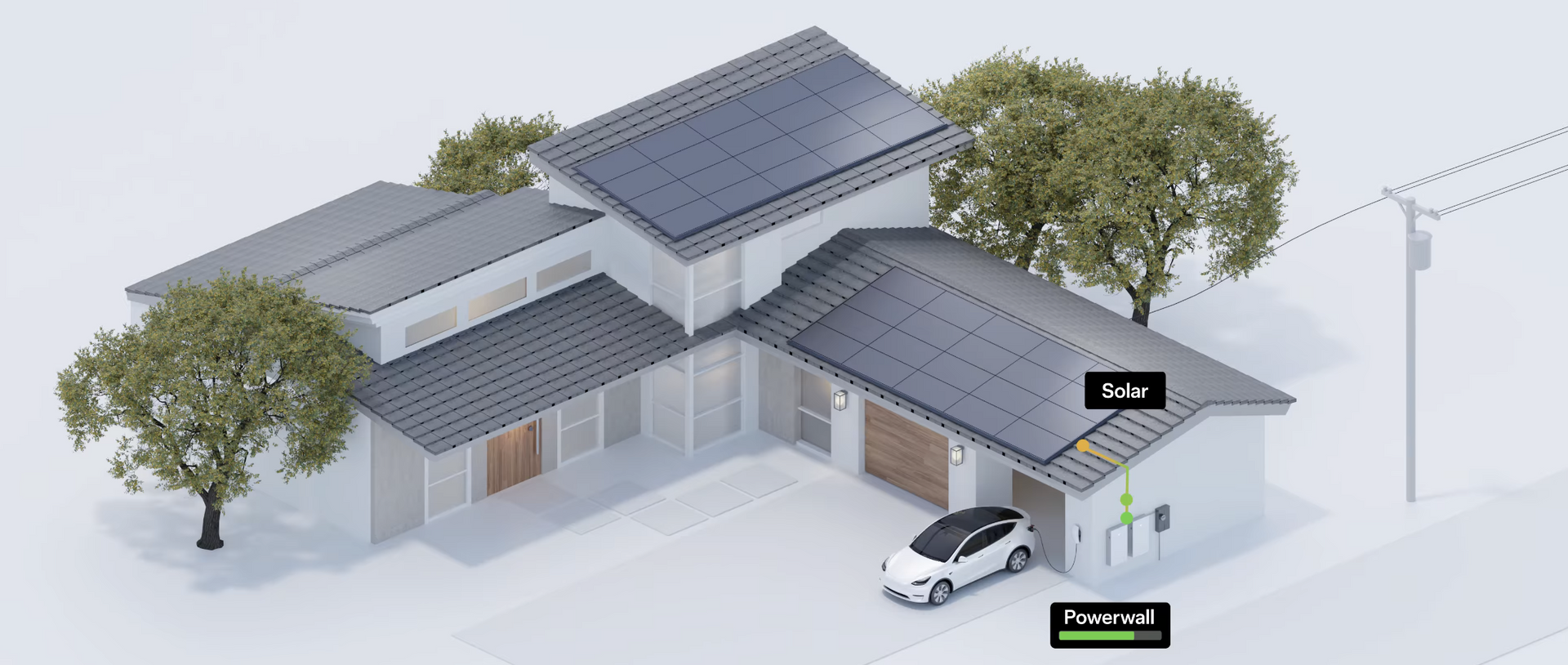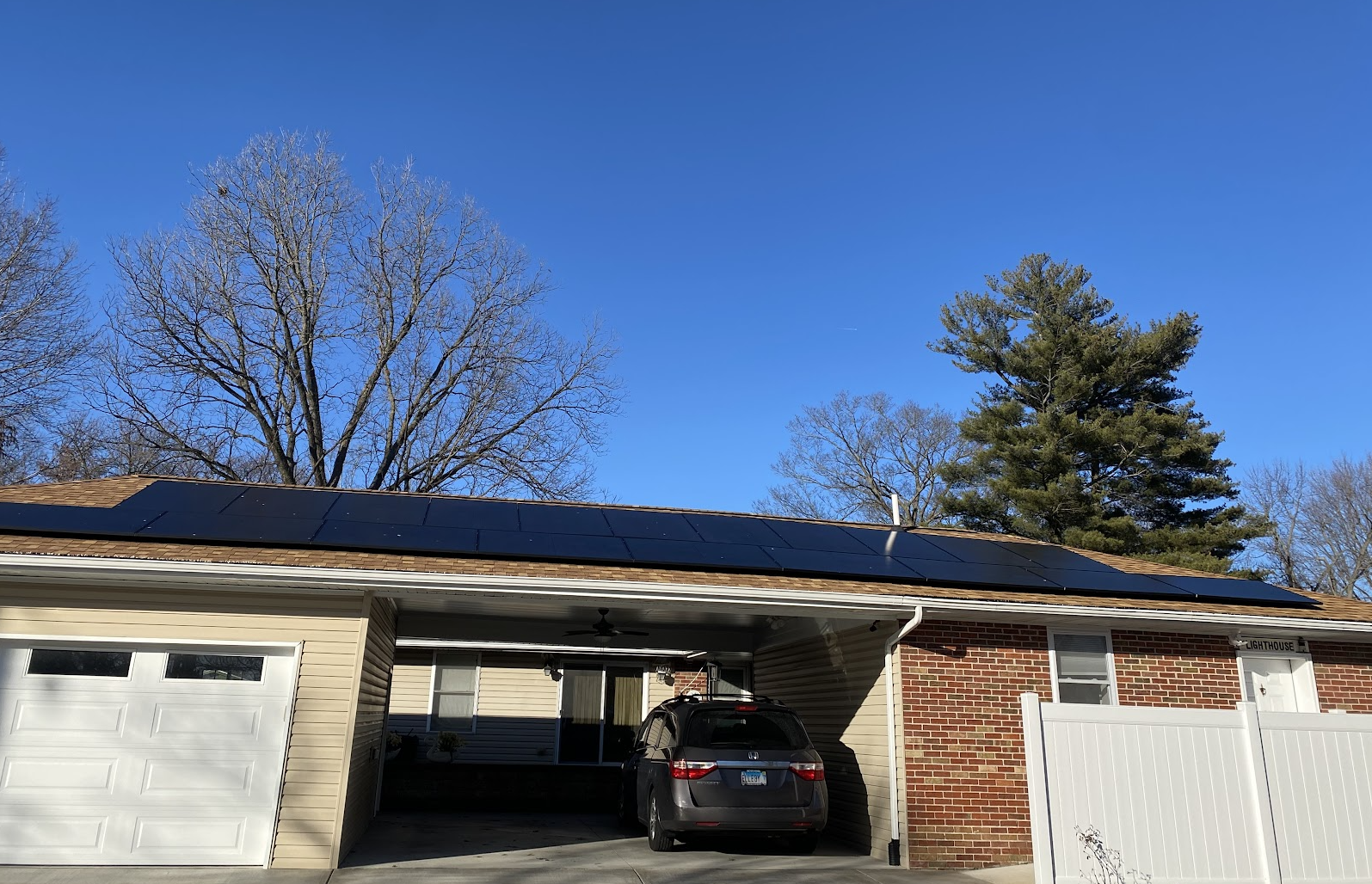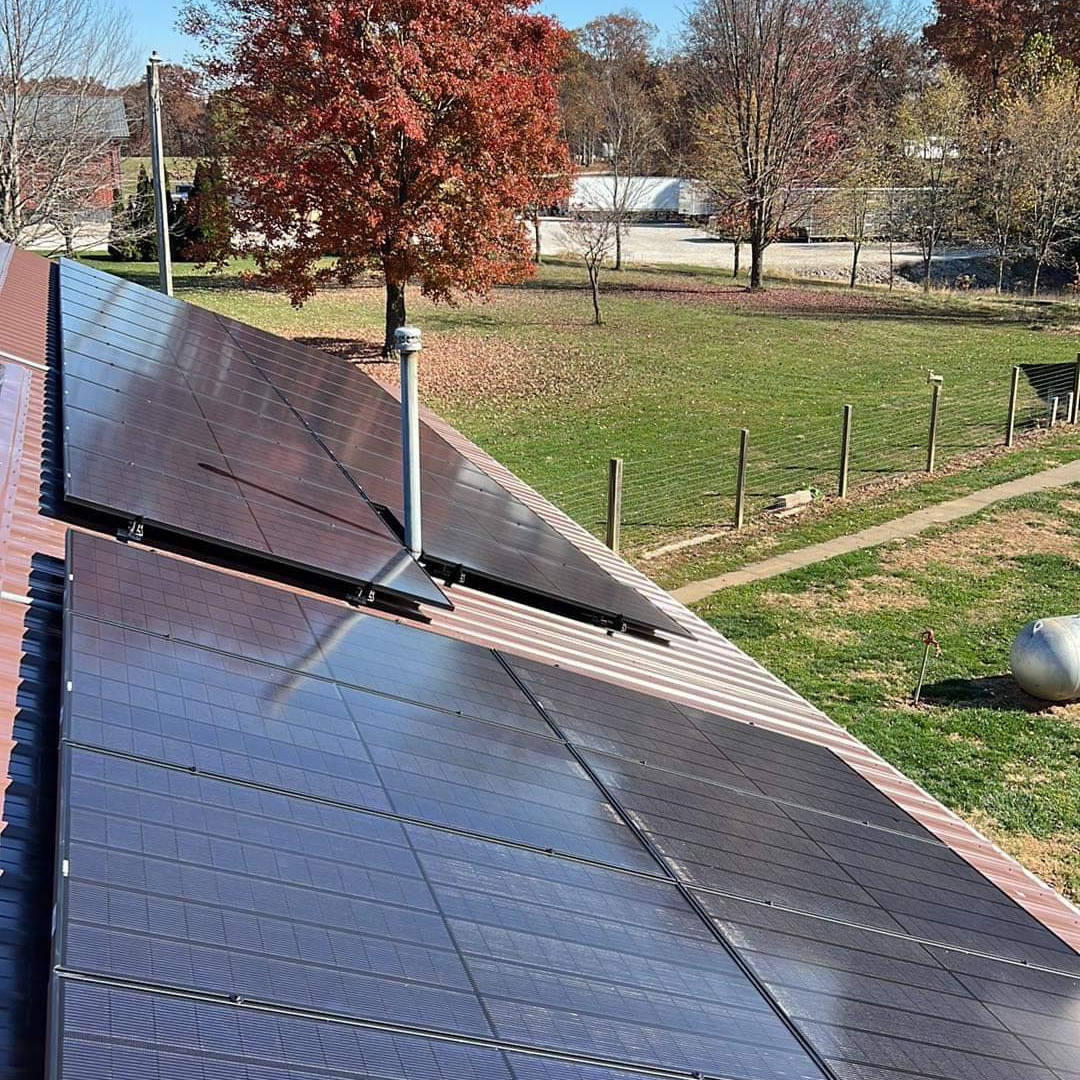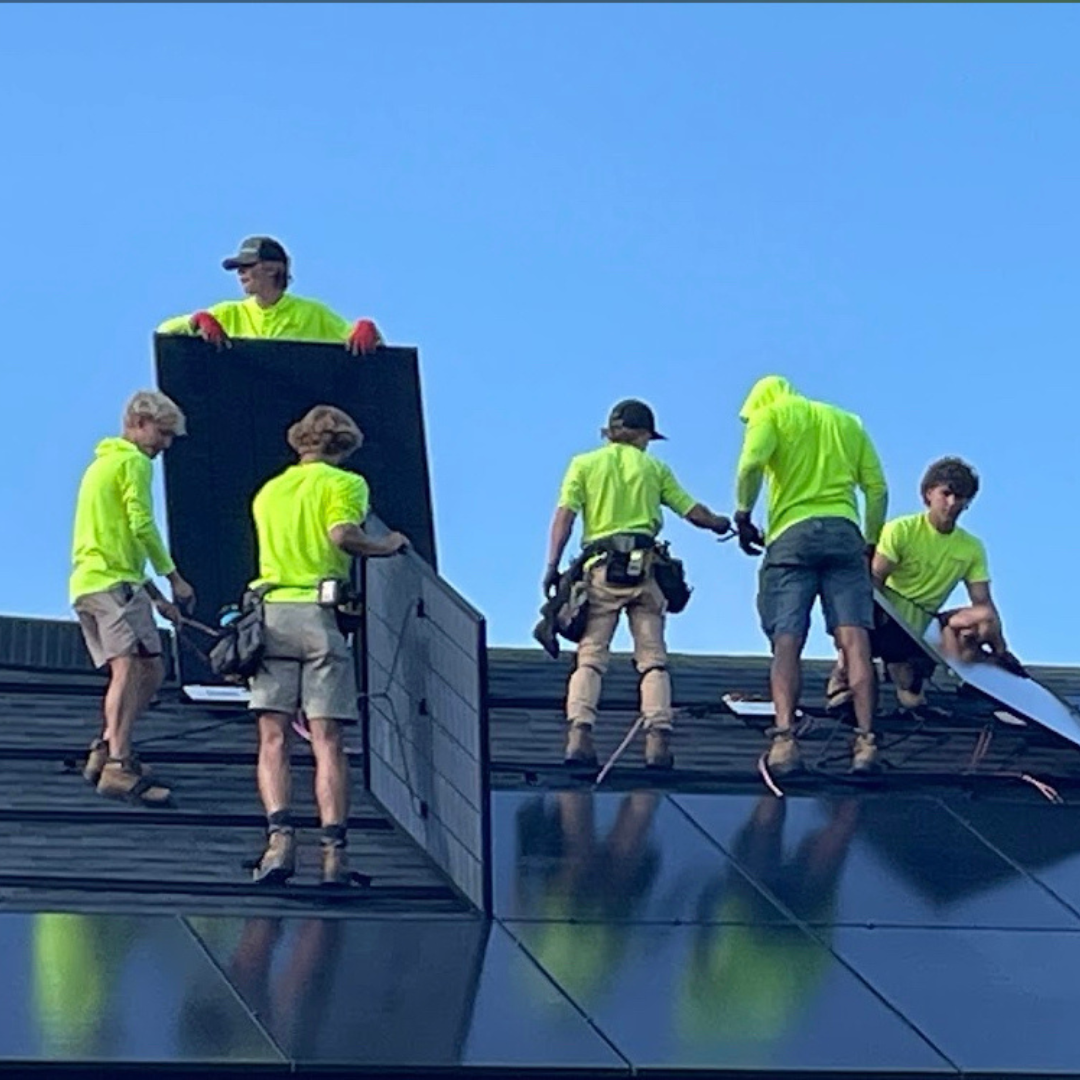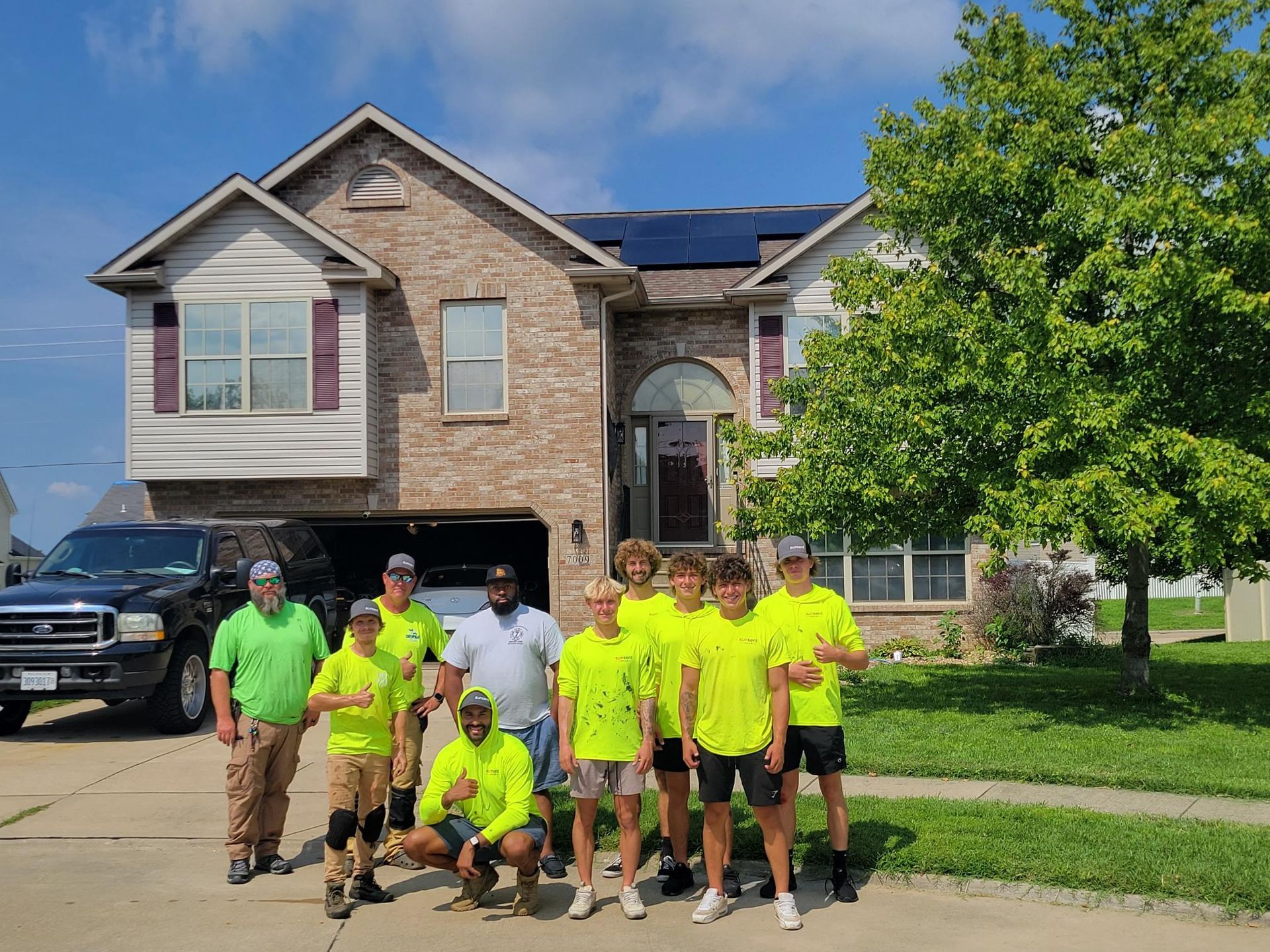Swinging for Sustainability: How the Cardinals and Other Stadiums Use Solar Power
Today marks the long-awaited Opening Day for the St. Louis Cardinals, a time when fans flood Busch Stadium, eager to cheer on their team. But while the players take the field, something else is working hard behind the scenes to power the game—solar energy.
The Cardinals’ Commitment to Green Energy
Busch Stadium first introduced solar power in 2012, making it the sixth Major League Baseball park to embrace solar energy. Thanks to a partnership with Microgrid Energy, the Electrical Connection, and Sachs Electric, the stadium installed 106 solar panels capable of generating approximately 32,000 kilowatt hours per year. While this may only offset a fraction of the stadium’s total energy use, it represents a significant step in reducing the venue’s reliance on fossil fuels.
The solar panels, located on the roof of the ticket building and the Ford Family Plaza canopy, contribute to the Cardinals’ larger sustainability efforts. Since opening in 2006, Busch Stadium has cut energy use by 20% and water consumption by 10%. The team even celebrates “Solar Day” each season to raise awareness about renewable energy’s role in sports.
Solar Power is Taking Over Sports
The Cardinals aren’t the only team leading the charge for sustainability. Across the country—and the world—sports stadiums are turning to solar energy to power their massive operations.
- Golden 1 Center (Sacramento Kings) – This NBA arena runs entirely on solar power, with a 1.2 MW array on-site and an additional 11 MW sourced from a local solar farm.
- Mercedes-Benz Stadium (Atlanta Falcons) – With 4,000 solar panels, this stadium generates enough electricity to power ten home games per year.
- Johan Cruijff Arena (Amsterdam) – Home to AFC Ajax, this stadium boasts 4,200 solar panels and 3 MW of energy storage from reused car batteries.
- Oracle Park (San Francisco Giants) – The Giants’ stadium uses solar energy alongside aeroponic growing towers, water recycling, and composting to minimize its environmental footprint.
Why Solar Makes Sense for Stadiums
Stadiums are energy-intensive facilities, requiring vast amounts of power for lighting, sound systems, scoreboards, and climate control. Night games alone can consume between 800 and 5,000 kilowatts of electricity. By integrating solar energy, stadiums can:
- Reduce electricity costs over time
- Decrease their carbon footprint
- Enhance their public image as eco-friendly venues
- Educate fans on the benefits of renewable energy
Looking to the Future
With advancements in solar technology, such as Building-Integrated Photovoltaics (BIPV) and tandem solar cells, stadiums will only become more efficient in harnessing the sun’s energy. As fans celebrate the return of baseball, it’s worth acknowledging that sustainability is playing an ever-growing role in America’s pastime.
Want to add solar to your home? SunSent will give you a quote today! It's so much cheaper than you might think and we've seen energy bills drop form $400 to $19. Give us a call or visit sunsent.com.
